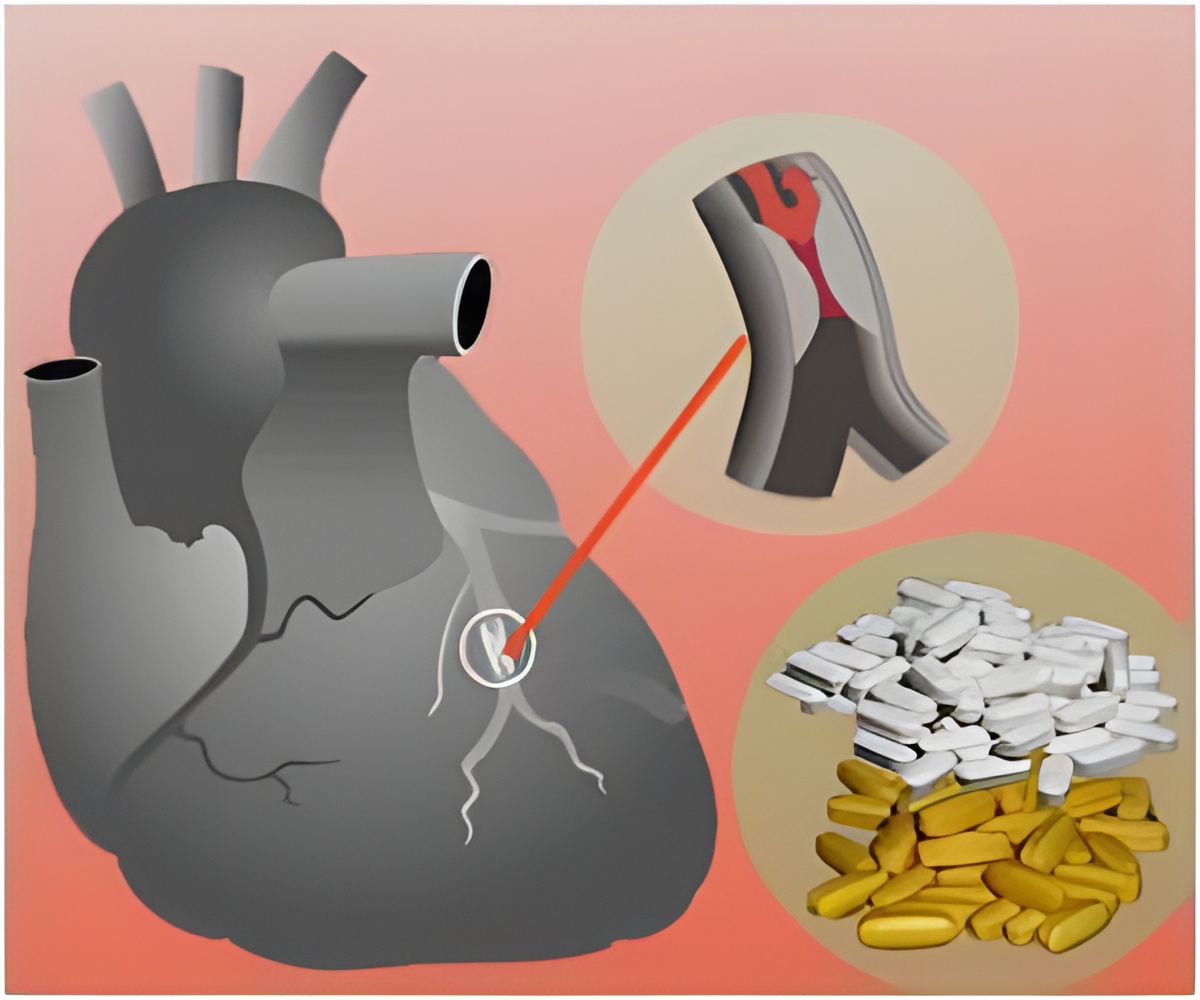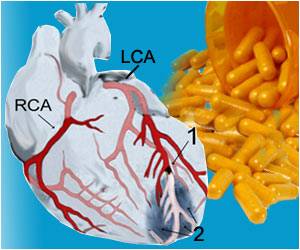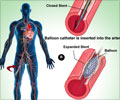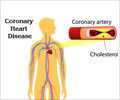The incidence, extent and location of obstructive non-infarct-related artery disease was investigated by Duk-Woo Park, Manesh R. Patel and colleagues.

The study included a sample of patients from eight international, randomized STEMI clinical trials published between 1993 and 2007. Among 68,765 patients enrolled in the trials, 28,282 patients with valid angiographic information were included in this analysis. Follow-up varied from 1 month to 1 year. To assess the generalizability of trial-based results, external validation was performed using observational data for patients with STEMI from the Korea Acute Myocardial Infarction Registry (KAMIR; n = 18,217) and the Duke Cardiovascular Databank (n = 1,812).
The researchers found that 53 percent of patients (n = 14,929) had non-IRA disease and there were no substantial differences in the extent and location of non-IRA disease according to the IRA territory (muscle or area served by the suspected heart attack artery with the blockage). The presence of non-IRA disease was significantly associated with increased 30-day mortality, compared to patients without non-IRA disease (3.3 percent vs 1.9 percent). The overall prevalence and association of non-IRA disease with 30-day mortality was consistent with findings from the KAMIR registry, but not with the Duke database.
"These findings require confirmation in prospectively designed studies, but raise questions about the appropriateness and timing of non-IRA revascularization in patients with STEMI," the authors write.
(doi:10.1001/jama.2014.15095; Available pre-embargo to the media at http://media.jamanetwork.com)
Editor's Note: This study was supported in part by the John Bush Simson Fund. The statistical portion of the manuscript was funded by the Duke Clinical Research Institute. Please see the article for additional information, including other authors, author contributions and affiliations, financial disclosures, etc.
Source-Newswise















